
Q. Not long ago my mom purchased two live aquatic plants called red wendtii. There was a tag with the plant similar to those that come with flowers that indicated the plant needed low to moderate lighting. In a previous issue of Aquarium Fish International. it was stated that the aquatic plant needs minimum light because it is a slow grower. Could you tell me more about this aquatic plant?
I hear about how people put lots of aquatic plants in their aquariums. How can you clean the aquarium without disturbing these live aquatic plants? I have wondered about this for a long time now. Currently, I mostly have plastic plants, and even these lose a branch or two because of cleaning.
I am only 13 years old and have been an aquarist for about three to four years. I don't know much about fish. I have a 15-gallon aquarium with a fantail goldfish, a ranchu fancy goldfish and a small pleco. The aquarium has light-blue stones, 6- and 12- inch airstones and a power filter (Aquaclear "Mini") rated for aquariums up to 20 gallons.
The person I bought the ranchu from also had me buy some salt. He said to add 1 tablespoon for 5 gallons of water. It is for freshwater and saltwater aquariums. Is this a good idea? Is my aquarium too heavily stocked?
A. It is very nice to see a young man who is obviously working at learning how to take care of his aquatic plants and animals as well as possible. At 13 you already have more experience than many people getting started with planted aquariums. If you can learn to care for your fish, you can learn to care for your live aquatic plants too!
The full name of your plant is Cryptocoryne wendtii. There are many varieties of this hardy aquarium plant available commercially. C. wendtii is probably the easiest species in the genus to grow under average aquarium conditions.
In general, Cryptocoryne species have adapted to take advantage of shady areas where other aquatic plants can't compete. It's not that they can't grow in stronger light, but they are likely to be outcompeted by faster-growing species in sunny areas. In the aquarium, this means that they will tolerate low to moderate light conditions much better than many other live aquatic plants.
This does not mean, however, that Cryptocoryne can be expected to thrive under just any conditions. They do best with an enriched substrate containing laterite, peat or soil. They can also do very well in an older, well-established aquarium in which a good deal of mulm has settled down into the gravel over a period of time.
The other thing crypts are a little picky about is sudden changes in their environment. Cryptocoryne are prone to a condition that is known variously as "Cryptocoryne disease" or "Cryptocoryne melt." As a result of unstable water conditions, or even in response to a change in light levels or the addition of new plants to the aquarium, a stand of crypts can completely "melt down," literally overnight! The leaves will completely turn to mush.
The good news is that the aquatic plants are rarely killed by this phenomenon. Left undisturbed, the root system will send out new leaves sooner or later (occasional much later) to replace the entire stand. The even better news, from your perspective, is that C. wendtii is one of the crypts that is least likely to melt, and is most tolerant of a novice plant keeper's mistakes.
When an aquarium is really well planted, there is no need for the deep gravel cleaning that is done in a fish aquarium. The roots spread throughout the substrate and use the nutrients from the mulm that collects. Most aquatic gardeners still remove mulm from the substrate surface by running a gravel vacuum lightly over the surface, but this is really more for the sake of aesthetics than anything else.
Goldfish in a planted aquarium can be something of a challenge. They like to eat aquatic plants, and prefer colder water than many aquarium plants. The biggest problem is that goldfish are big fish that eat a lot, and produce a lot of waste.
This is not to say that it is not possible to keep goldfish in a planted aquarium, but it requires care and planning, and, most importantly, a large aquarium. I have read Steve Meyer's "Ponds & Pond Fish" column in Aquarium Fish International long enough to know that he suggests 30 gallons per fish for goldfish. If you want to keep them in a planted aquarium, I would suggest that the aquarium be at least that large, and heavily planted with fast-growing, coldwater-tolerant species that will grow faster than the fish can eat them.
Unfortunately, Cryptocoryne do not fit into this category. Some possibilities include Egeria, Myriophyllum, Ceratophyllum (hornwort), Vallisneria and Sagittaria. The problem with all of these aquatic plants is that they will need a fair amount of light (at least 2 watts per gallon) for good growth.
I would also include a good amount of duckweed and/or Salvinia as "nutrient sponges" to take up dissolved wastes and to act as an on-going, self-renewing food source for the goldfish. They may eat enough of these palatable fast-growing plants that they will leave more choice specimens alone.
If you want a planted goldfish aquarium, it would be best to set up the aquarium and really let the aquatic plants get a head start before adding the fish. I would leave the aquarium planted, but without fish, for at least a month to six weeks before placing the goldfish in the aquarium. This will give the aquatic plants a chance to start growing vigorously, and to get their root systems firmly established in the substrate before the fish start picking at them.
Finally, there is the subject of algae eaters. "Pleco"-type suckermouth catfish are not usually considered suitable tankmates for goldfish because of the possibility of the plecos harming their slower companions. Otocinclus are possible candidates if the aquarium doesn't get too cold, but Siamese algae eaters (Crossocheilus siamensis) are probably the best bet. They are very peaceful, do fine in cooler water and will eat a lot of algae. Be prepared for the fact that you will probably always have to do large frequent water changes to keep on top of the nutrient levels in the aquarium and keep algae at bay even with the help of algae-eating fish.
As far as salt in the aquarium is concerned, therapeutic amounts are likely to cause problems for many, though not all, aquatic plants. I prefer to quarantine and treat all sick or new fish in a separate hospital aquarium. Put only strong, healthy fish into your planted display aquariums, and don't overstock. Do this and you should have very little to worry about in terms of fish health problems.
Airstones are not a good idea in a fully planted aquarium. They drive off carbon dioxide that is needed by the plants for photosynthesis and growth. If the aquarium is properly set up and not overstocked, the aquatic plants will produce more than enough oxygen for the fish.
I am a big fan of Aquaclear filters, but I do not consider the Aquaclear "Mini" an adequate filter for a 15-gallon aquarium unless the aquarium is minimally stocked. One of the nicest things about the Aquaclear filters is their adjustable flow. They are also relatively inexpensive. I would suggest an Aquaclear 200 set to a slow flow rate on your current aquarium, and an even bigger one if you plan on moving your fish to a bigger aquarium in the future — and you should.
I have regularly used Aquaclear 500s on 30-gallon aquariums. This may be more filtration than you need, but the flow rate is easily adjusted, and I'd much rather have too much filtration capacity on an aquarium than too little. This is even more important on a heavily stocked aquarium like yours.
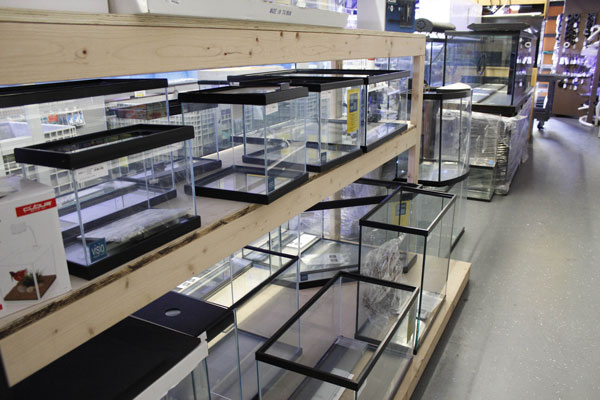 Five Tips for Freshwater Aquarium Success
You spent countless hours researching the latest products to
Five Tips for Freshwater Aquarium Success
You spent countless hours researching the latest products to
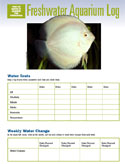 Aquarium maintenance logs for freshwater, saltwater and reefkeeping aquarists
Thank you for signing up for the FishChannel newsletter, the
Aquarium maintenance logs for freshwater, saltwater and reefkeeping aquarists
Thank you for signing up for the FishChannel newsletter, the
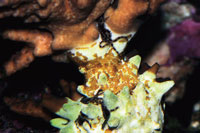 Coral and Invertebrate Quarantine Procedures
Coral and Invertebrate Quarantine Procedures
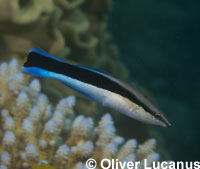 Cleaner Wrasse
Cleaner Wrasse
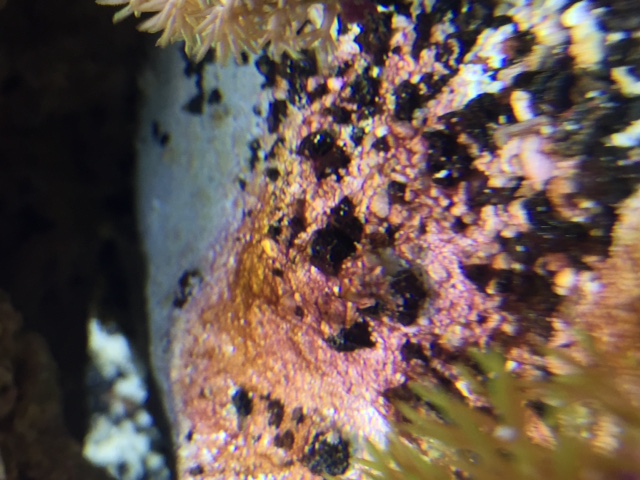 Red Algae in Marine Aquarium
Q. Ive been keeping saltwater fish for about five years, and
Red Algae in Marine Aquarium
Q. Ive been keeping saltwater fish for about five years, and
Copyright © 2005-2016 Pet Information All Rights Reserved
Contact us: www162date@outlook.com